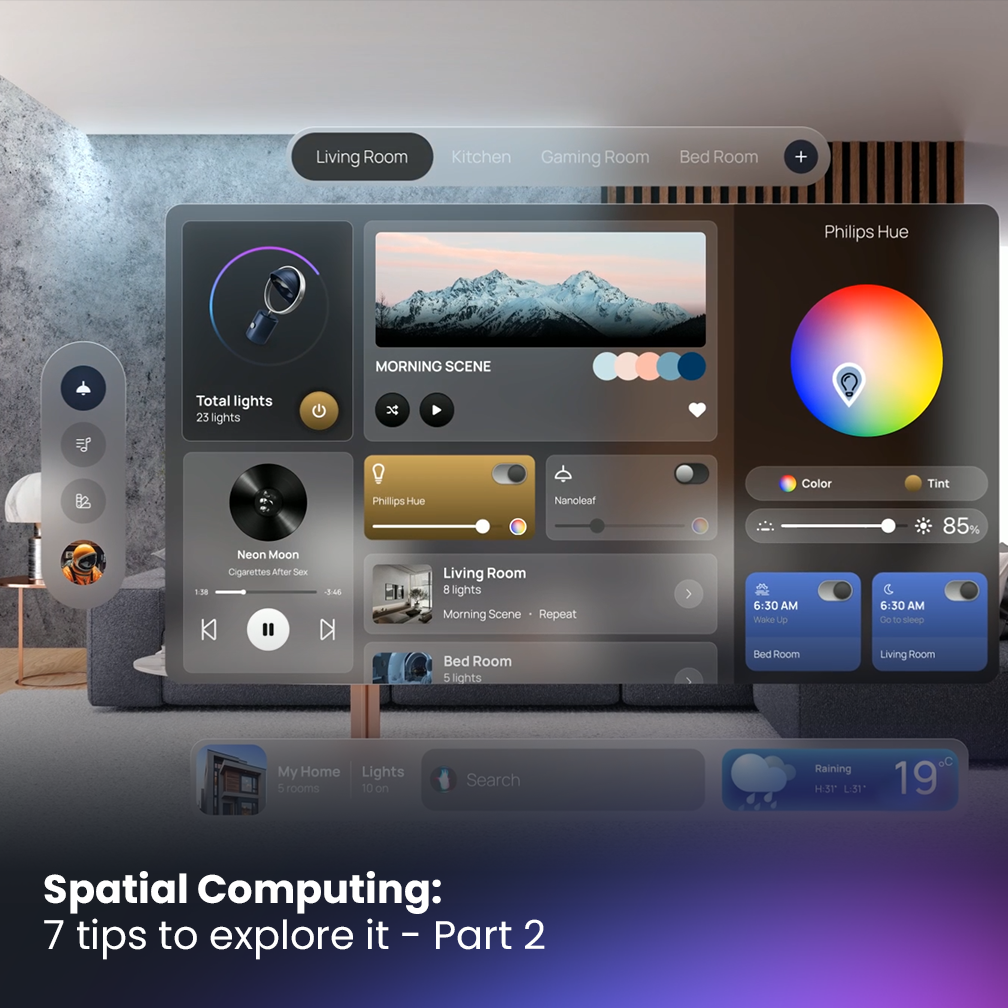
Welcome to the second part of our guide on how to explore the spatial computing! In this part, we’ll be discussing important topics such as safety and security in virtual spaces, navigating different platforms, and more. We’ll also share tips for making the most out of your virtual adventures and offer advice for staying safe while exploring the spatial computing.
In the first part of this blog post, we introduced you to the exciting world of spatial computing and discussed some of the ways you can experience it. Now, in the second part, we’ll delve deeper into the topic and provide you with more detailed information on how to explore spatial computing like a pro. Whether you’re a seasoned virtual reality enthusiast or a newcomer to the world of VR, this guide has something for everyone.
So here are the last 3 tips:
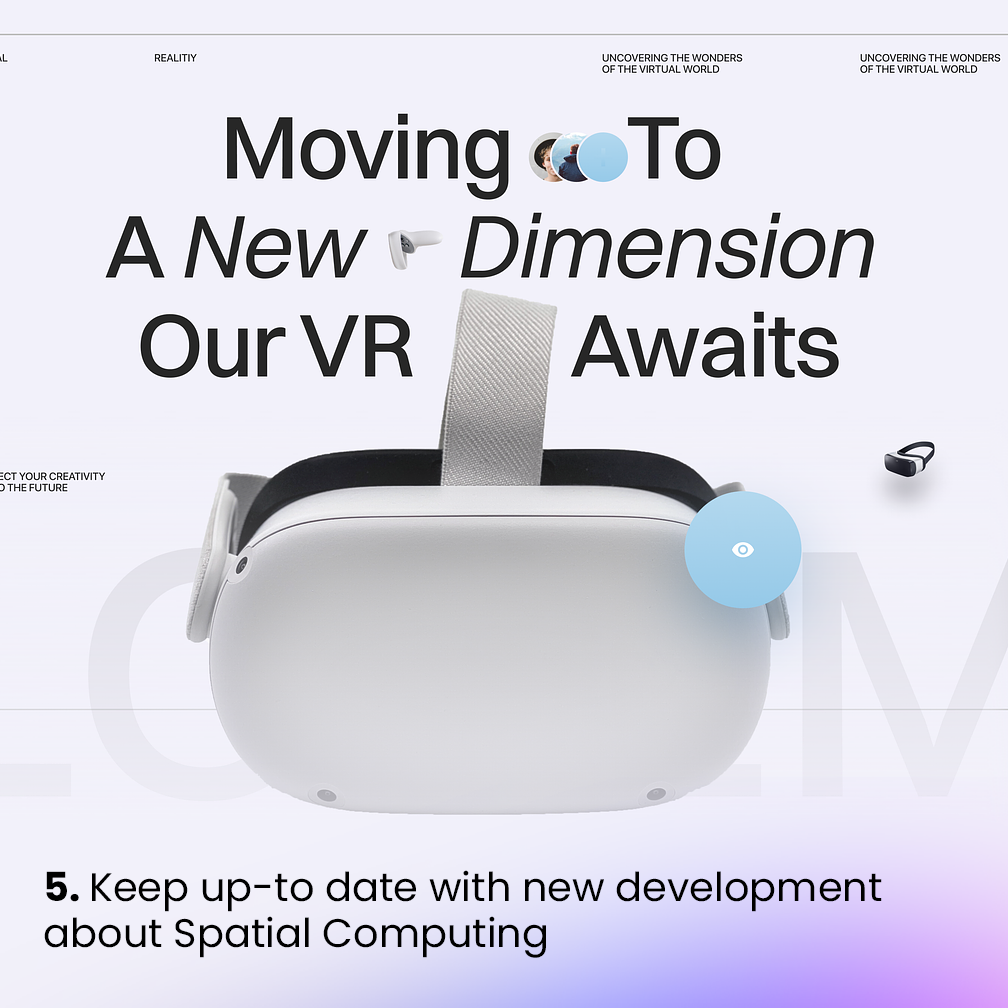
5. Keep up-to-date with New Developments About Spatial Computing
Staying up-to-date with new developments in spatial computing is essential if you want to stay ahead of the curve and make the most of your virtual experience.
As spatial computing continues to evolve, new platforms, technologies, and features are being added all the time, and keeping track of these changes can help you stay ahead of the game. Technology like the Teleport Plaque Address can completely change the way spatial computing works overnight.
Join social media groups or forums where spatial computing enthusiasts gather to discuss the latest news and trends.
This can be a great way to connect with other users and learn more about what’s happening in the world of virtual reality.
If you’re particularly interested in a specific aspect of spatial computing, it can also be worthwhile to create your own blog or website where you can share news and insights with others.
This can be a great way to build a following and become known as an expert in your chosen area.
Ultimately, staying up-to-date with new developments is all about being proactive and engaged. Take the time to seek out new information, connect with other users, and stay informed about the latest changes and additions to spatial computing. With the right approach, you can stay ahead of the curve and make the most of your virtual experience.
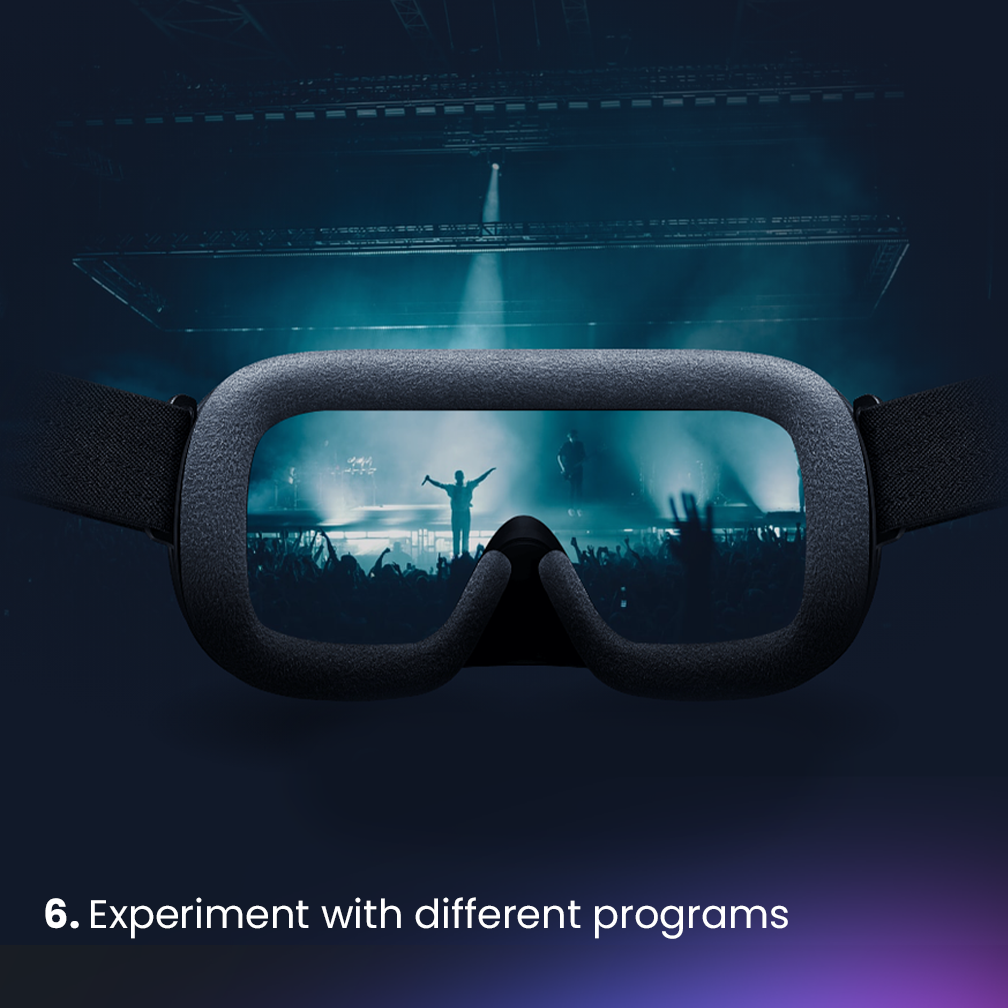
6. Experiment with Different Programs
Experimenting with different programs and tools is a great way to expand your horizons in spatial computing.
While you may have a preferred platform or program that you regularly use, trying out new programs can help you discover new features, experiences, and communities that you may not have known about before.
One of the best ways to experiment with different programs is to keep an eye out for new releases or updates to existing programs.
Many virtual worlds and spatial computing platforms regularly release new features and tools, so it’s worth checking in on a regular basis to see what’s new.
You may even find that a program you tried in the past has been updated with new features that make it more appealing or useful.
Another option is to explore programs and tools that are outside of your comfort zone. For example, if you primarily use the spatial computing for gaming, try experimenting with virtual art programs or social platforms. You may be surprised by what you discover and find new ways to engage with spatial computing community.
Ultimately, experimenting with different programs is all about being open-minded and curious. Don’t be afraid to try out new things and explore different aspects of spatial computing. You never know what surprises or benefits you may find. By staying curious and engaged, you can make the most of your virtual experience and discover new worlds of possibilities.
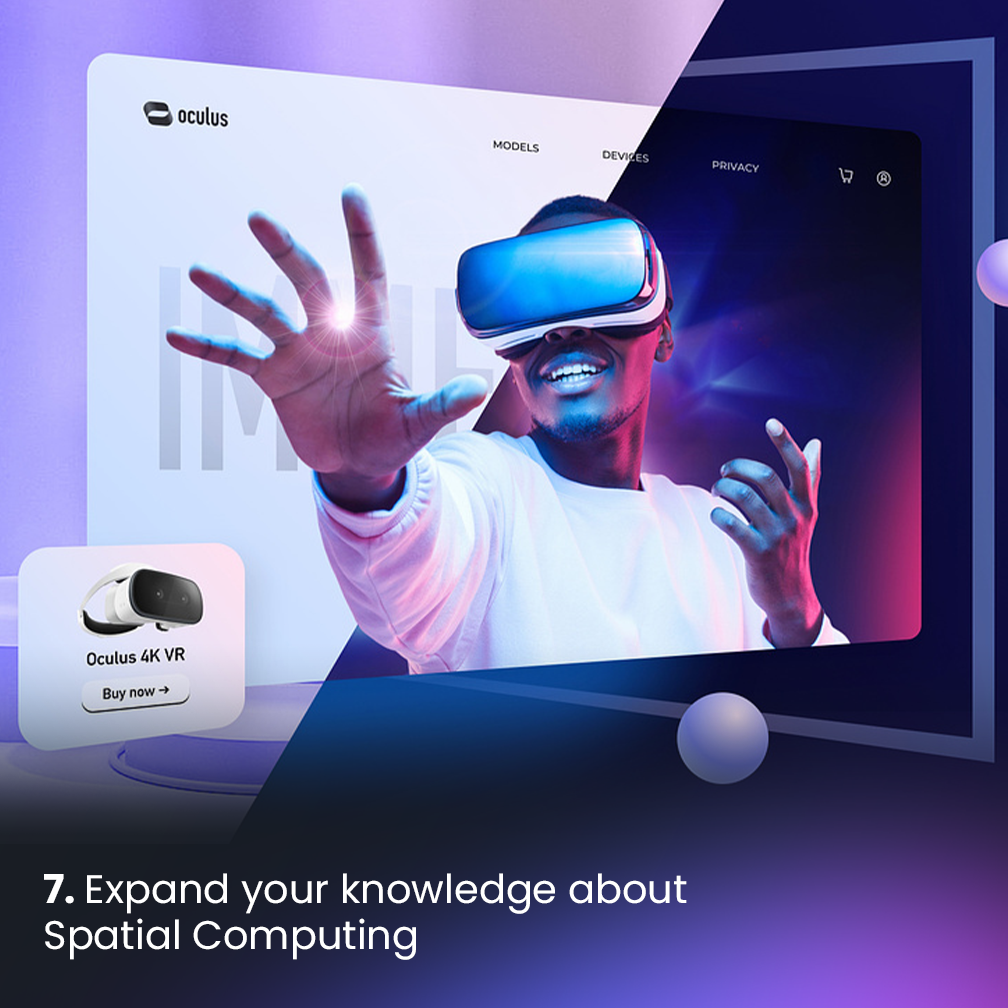
7. Expand your Knowledge About Spatial Computing
Expanding your knowledge about spatial computing is an important step in exploring and getting the most out of this rapidly growing digital world.
With so many different programs, tools, and communities to explore, it’s easy to feel overwhelmed and intimidated. However, by taking some time to learn more about spatial computing and the people behind it, you can better understand and appreciate this exciting new frontier.
One of the best ways to expand your knowledge about spatial computing is to start by doing some research online. There are many websites, forums, and blogs that cover the latest news and developments in spatial computing, and reading up on these can help you gain a better understanding of what’s going on and what to expect. You can also check out video tutorials or online courses that can help you learn more about specific programs or tools.
Another way to expand your knowledge is to attend virtual events or conferences related to spatial computing.
These events are a great way to connect with other enthusiasts, learn from experts, and gain new insights into the world of virtual reality. Many events also offer networking opportunities that can help you build relationships with other users and potential collaborators.
Finally, don’t be afraid to reach out to other users in spatial computing and ask for help or advice. Many users are happy to share their knowledge and experience with others, and connecting with others can help you build relationships and learn more about spatial computing community.
Overall, expanding your knowledge about spatial computing is all about being curious and open-minded. Take the time to explore different resources and engage with the community, and you’ll be well on your way to becoming a spatial computing expert in no time.
Exploring spatial computing can be an incredibly rewarding experience. Whether you’re creating a unique avatar, participating in events and activities or utilizing tools available on the platform, there are countless ways to make your virtual adventures even more enjoyable. With the right approach, staying up-to-date with new developments in spatial computing, expanding your knowledge and having fun along the way, you can easily become a master of this ever-evolving world.
Virtual exploration can be a fun and rewarding experience, but it’s important to keep safety in mind when navigating spatial computing. From understanding different platforms to religiously following safety protocols and using strong passwords, there are many ways to ensure your virtual adventures remain safe and secure.
Technology like the Teleport Plaque Address can change the way spatial computing works in the blink of an eye, so it’s important to stay up to date so you can find safe and easy ways to explore spatial computing.
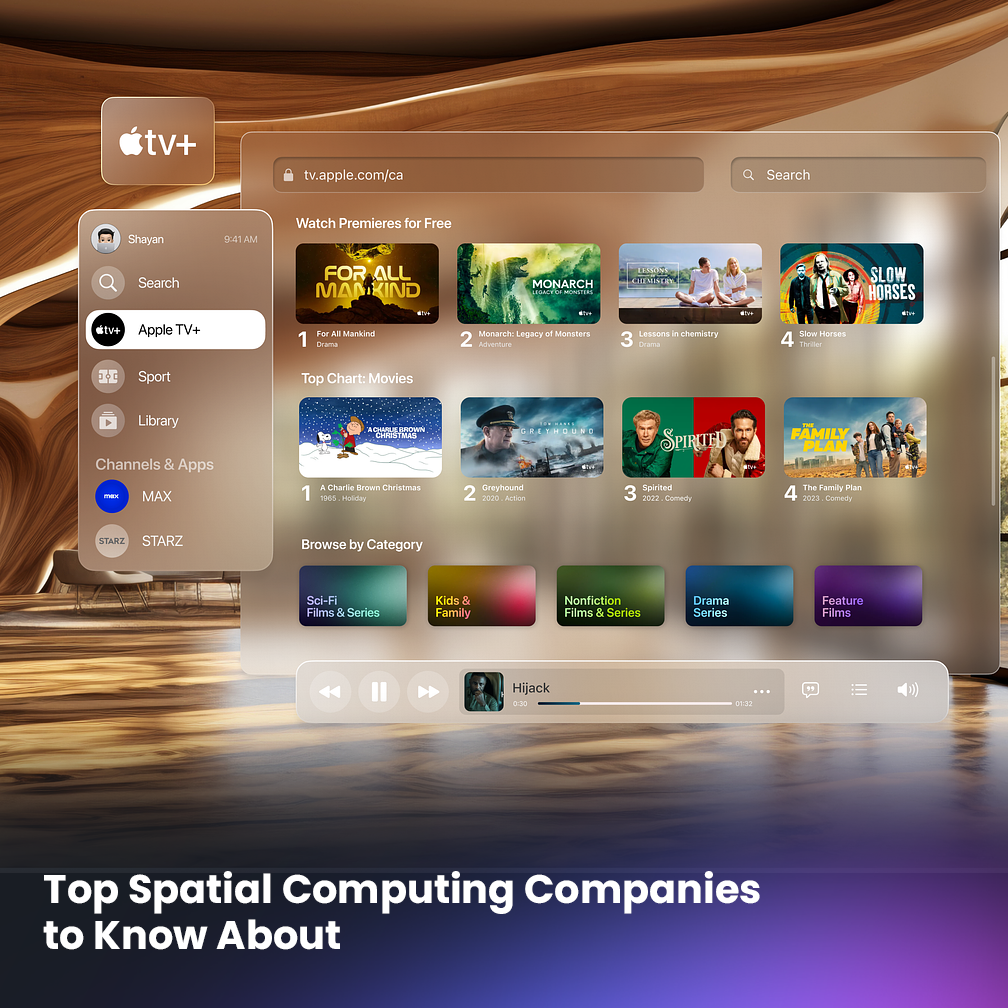
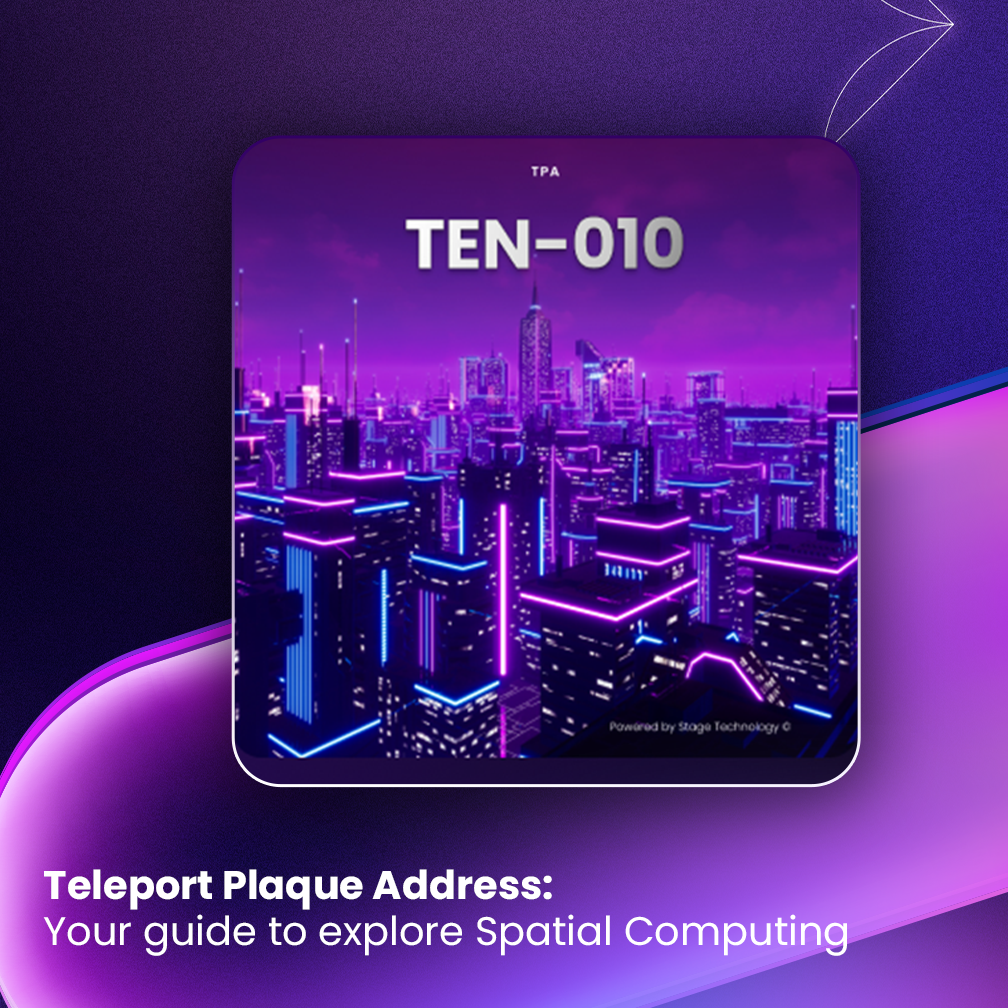

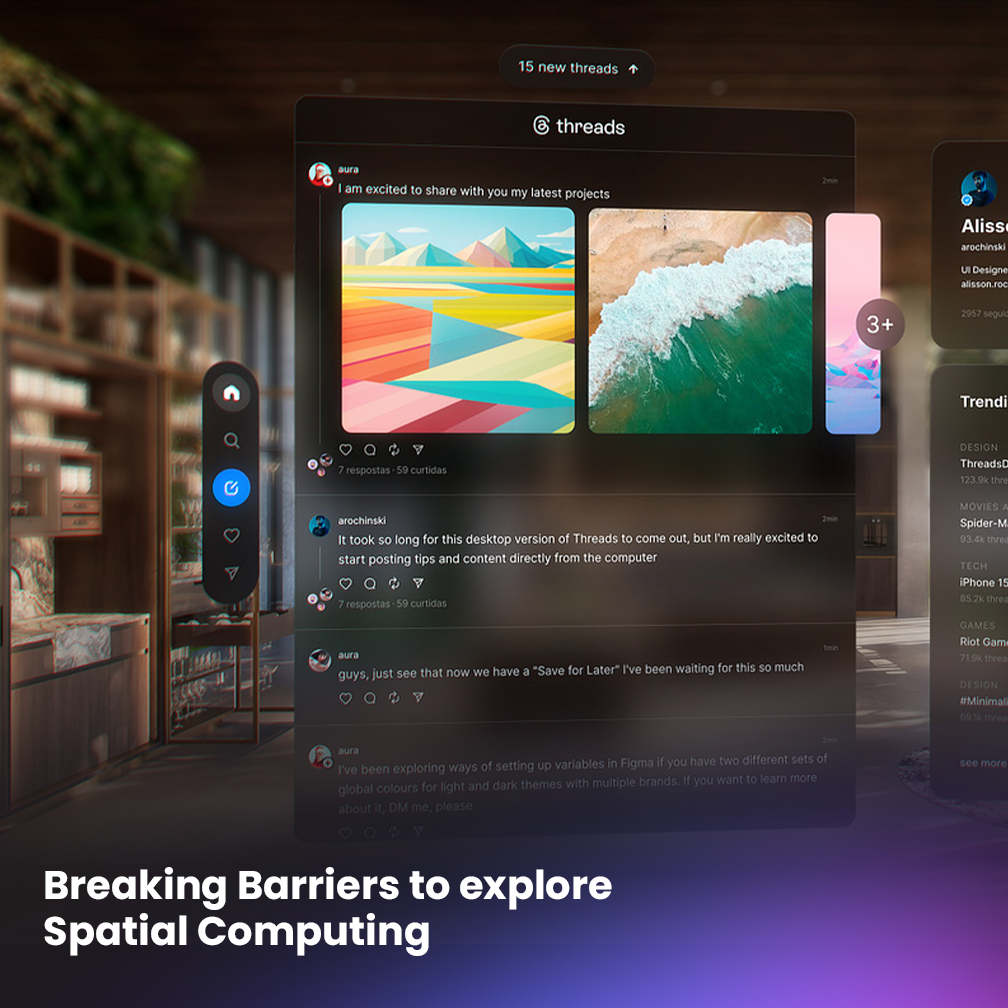





1 Comment
[…] The Metaverse: 7 tips to explore it – part 2 […]